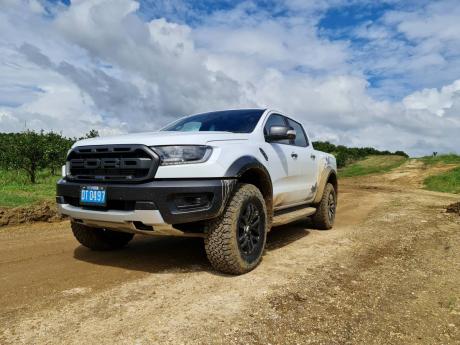Ford hits carbon-neutral targets
Earlier this month, Ford released its first-ever integrated sustainability and financial report of accomplishments and aspirations, at the same time announcing new science-based targets towards the company’s ambition to be carbon-neutral by 2050, in line with terms of the Paris Climate Agreement.
The first target is to significantly reduce greenhouse gas emissions (GHG) from the company’s operations by 2035.
Reducing emissions has favourable implications for a range of sustainability issues that Ford stakeholders have said matter most. All of which get attention in the newly issued report. Combining sustainability and financial performance in a single report, Ford said, is significant.
“Ford has always been about building a better world, where people have the freedom to move and pursue their dreams,” said John Lawler, the company’s chief financial officer. “Success in sustainability requires a financially healthy business, and financial health depends on effectiveness in sustainability areas.
“Combining those topics in a single report reflects that, more than ever, investors and other stakeholders want to know not only what you plan to do, but what you’re accomplishing and how you’re managing risks along the way.”
Highlights in the integrated report include Ford’s large-scale social response to the COVID-19 pandemic; significant investment in and initial launches of high-volume, zero-emission electric vehicles; and actions to protect human rights and create greater diversity, equity and inclusion within the company.
Earning Trust
In addition to keeping each other safe amid COVID-19, in part by shutting down, and then responsibly restarting worldwide manufacturing operations a year ago, Ford has gone to great lengths to address social needs created by the global pandemic. Through its ‘Project Apollo’, the company has developed, made and delivered vital medical and personal protective equipment.
To date, the company has produced nearly 160 million face masks; more than 20 million face shields; 1.6 million washable isolation gowns; 50,000 patient ventilators with GE Healthcare; and more than 32,000 powered air-purifying respirators in a collaboration with 3M. Additionally, virus-related contributions through the Ford Motor Company Fund philanthropic arm included $1.13 million to relief programmes worldwide.
Electrifying the Future, Clearing the Air
Through 2025, Ford plans to invest more than $22 billion to engineer and introduce connected, electric vehicles, which includes EV versions of some its most popular nameplates. Shipments of the highly anticipated Mustang Mach-E in North America began in 2020, followed by Europe in early 2021 and, later this year, in China. All-electric Transit commercial vans will be introduced towards the end of 2021, and a battery-electric F-150 is scheduled for launch in 2022.
Ford, last month, announced that its entire commercial vehicle line-up in Europe will be zero-emissions capable by 2024. One-hundred per cent of the company’s passenger vehicles in the region will be zero-emissions capable, by mid-2026, and entirely battery-electric by 2030.
To expand production capacity for EVs, Ford in 2020 started construction of the new Rouge Electric Vehicle Center in Dearborn, where the all-electric F-150 will be built. In February 2021, the company announced a $1-billion investment to create the Ford Cologne Electrification Center in Germany.
Investments in Dearborn and Cologne manufacturing, together with another $1 billion announced in February to transform operations in Pretoria, South Africa, will further help reduce Ford’s overall carbon footprint. Through improved energy efficiency and conservation initiatives, Ford today generates 40% less carbon from its facilities and manufacturing processes around the globe. An additional goal is to use 100% locally sourced, renewable electricity at all Ford plants by 2035.
“We will lead in achieving carbon neutrality because it’s the right thing for customers, the planet and Ford,” said Bob Holycross, vice-president, Sustainability, Environment and Safety Engineering. “Ninety-five per cent of our carbon emissions today come from our vehicles, operations and suppliers, and we’re tackling all three of those sources with urgency and optimism.”

